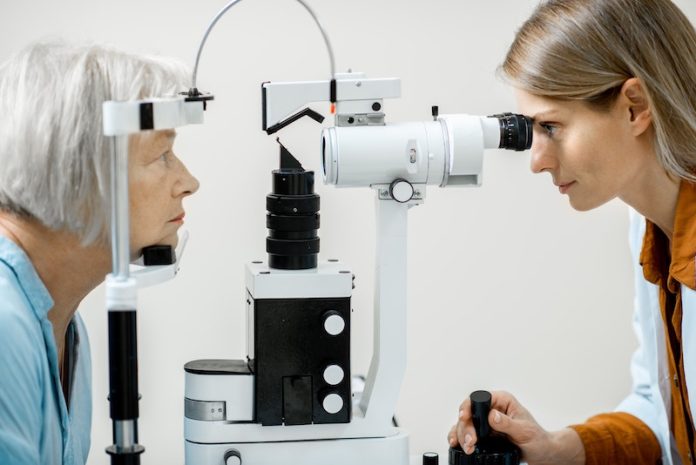
A team at the Technical University of Munich (TUM) has potentially discovered a connection between Long COVID syndrome and alterations in the blood vessels of the eye.
This development is vital, as between 10% and 35% of COVID-19 sufferers continue to experience symptoms like respiratory issues or fatigue long after contracting the virus, yet reliable diagnostic biomarkers for Long COVID are still undiscovered.
The TUM team focused on investigating the changes to blood vessels, specifically the endothelium, the inner wall of the blood vessels, which is known to be affected by COVID-19.
To this end, the team leveraged well-established, non-invasive methods and tools to study blood vessels in the eye, since they reflect the condition of small blood vessels throughout the body.
Key Findings
The team discerned two crucial values showing a strong correlation with Long COVID:
Arterioles Constriction: Compared to the healthy control group, the smallest arteries, or arterioles, were considerably constricted in Long COVID patients.
Altered Venule Response: The venules, not arterioles, demonstrated a changed response to light stimulation. Typically, blood vessels dilate when exposed to flickering light; however, this response was notably reduced in patients with Long COVID.
The severity of these changes directly correlated with the levels of inflammatory markers in the blood, indicating persistent inflammatory responses are likely an important factor in Long COVID.
Implications
The study reveals that examining blood vessels in the eye could potentially yield insights into the diagnosis of Long COVID, as it reflects the state of microcirculation across the body.
This innovative approach might aid in not just diagnosing but also evaluating the effectiveness of potential future therapies for Long COVID.
Conclusion
Although this groundbreaking study provides promising insights, it’s essential to note its limitations, including its small scale and single location, which means further, more extensive studies are required to validate these initial findings.
Nevertheless, Prof. Christoph Schmaderer of TUM expresses confidence that a reliable diagnostic tool for Long COVID can be developed based on their results.
This study opens a new avenue in understanding Long COVID and emphasizes the need for continued research in this direction, which may eventually lead to more definitive diagnostic tools and treatment options for those suffering from this prolonged ailment.
If you care about eye health, please read studies about how to save your eyes from diabetes, and the treatments of dry eye you need to know.
For more information about eye disease, please see recent studies about how to protect your eyes from glaucoma, and results showing this eye surgery may reduce dementia risk.
The research findings can be found in Angiogenesis.
Follow us on Twitter for more articles about this topic.
Copyright © 2023 Knowridge Science Report. All rights reserved.



